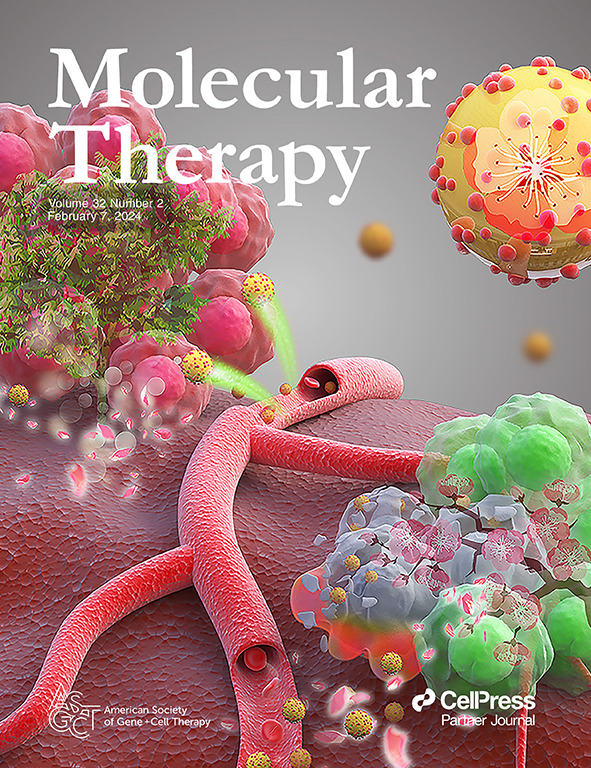Targeting NLRP3/caspase-1/GSDMD to treat inner ear injury from labyrinthine hemorrhage
IF 12
1区 医学
Q1 BIOTECHNOLOGY & APPLIED MICROBIOLOGY
引用次数: 0
Abstract
Sudden sensorineural hearing loss (SSNHL) is a prevalent condition in otolaryngology with poorly understood mechanisms. Inner ear labyrinthine hemorrhage (IELH) is a potentially significant cause. Our study focused on the NLR family pyrin domain containing 3 (NLRP3) inflammasome activation following IELH and the protective role of the NLRP3 inhibitor CY-09. In mice with IELH, significant increases in hearing thresholds and vestibular dysfunction were observed compared to control groups. The activation of the NLRP3 inflammasome and other pro-inflammatory factors were markedly elevated, leading to potential damage in cochlear and vestibular hair cells via the Gasdermin D (GSDMD)-mediated pyroptosis pathway. Treatment with CY-09 significantly ameliorated hearing loss and vestibular dysfunction via inhibition of the NLRP3 inflammasome and associated cell pyroptosis. These results highlight the critical roles of the NLRP3 inflammasome and pyroptosis in IELH-induced SSNHL and suggest the NLRP3/caspase-1/GSDMD pathway as a therapeutic target for managing this condition. This study offers a new theoretical basis for the potential clinical management of SSNHL.靶向NLRP3/caspase-1/GSDMD治疗迷路出血内耳损伤
突发性感音神经性听力损失(SSNHL)是耳鼻喉科的一种常见疾病,其机制尚不清楚。内耳迷路出血(IELH)是一个潜在的重要原因。我们的研究重点是NLR家族pyrin domain containing 3 (NLRP3)炎性体在IELH后的激活以及NLRP3抑制剂CY-09的保护作用。与对照组相比,IELH小鼠的听力阈值和前庭功能障碍显著增加。NLRP3炎性小体和其他促炎因子的激活明显升高,通过Gasdermin D (GSDMD)介导的焦亡途径导致耳蜗和前庭毛细胞的潜在损伤。CY-09通过抑制NLRP3炎性体和相关细胞焦亡,显著改善了听力损失和前庭功能障碍。这些结果强调了NLRP3炎性小体和焦亡在ielh诱导的SSNHL中的关键作用,并提示NLRP3/caspase-1/GSDMD途径可作为治疗这种疾病的治疗靶点。本研究为SSNHL的潜在临床治疗提供了新的理论依据。
本文章由计算机程序翻译,如有差异,请以英文原文为准。
求助全文
约1分钟内获得全文
求助全文
来源期刊

Molecular Therapy
医学-生物工程与应用微生物
CiteScore
19.20
自引率
3.20%
发文量
357
审稿时长
3 months
期刊介绍:
Molecular Therapy is the leading journal for research in gene transfer, vector development, stem cell manipulation, and therapeutic interventions. It covers a broad spectrum of topics including genetic and acquired disease correction, vaccine development, pre-clinical validation, safety/efficacy studies, and clinical trials. With a focus on advancing genetics, medicine, and biotechnology, Molecular Therapy publishes peer-reviewed research, reviews, and commentaries to showcase the latest advancements in the field. With an impressive impact factor of 12.4 in 2022, it continues to attract top-tier contributions.
 求助内容:
求助内容: 应助结果提醒方式:
应助结果提醒方式:


